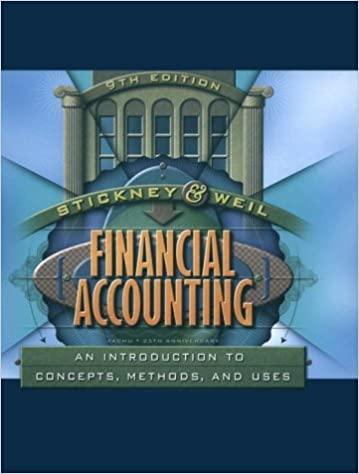Expensing versus capitalizing advertising costs for firm advertising every year. General Mills plans to spend $90,000 at
Question:
Expensing versus capitalizing advertising costs for firm advertising every year.
General Mills plans to spend $90,000 at the beginning of each of the next several years advertising the company's brand names. As a result of the advertising expenditure for a given year, it expects aftertax income (not counting advertising expense) to increase by $36,000 a year for three years, including the year of the expenditure itself.
General Mills has other aftertax income of $30,000 per year. The controller of General Mills is curious about the effect on the financial statements of following one of two accounting policies with respect to advertising expenditures:
(l)Expensing the advertising costs in the year of expenditure
(2) Capitalizing the advertising costs and amortizing them over three years, including the year of the expenditure itself Assume that the company does spend $90,000 at the beginning of each of four years and that the planned increase in income occurs. Ignore income tax effects.
a. Prepare a four-year condensed summary of net income, assuming that General Mills follows policy (1) and expenses advertising costs as incurred.
b. Prepare a four-year condensed summary of net income, assuming that General Mills follows policy (2) and capitalizes advertising costs, then amortizes them over three years. Also compute the amount of Defeired Advertising Costs (asset)
appearing on the balance sheet at the end of each of the four years.
c. In what sense is policy (1) a conservative policy?
d. Ascertain the effect on net income and on the balance sheet if General Mills continues to spend $90,000 each year and the aftertax income effects continue as in the first four years.
Step by Step Answer:

Financial Accounting An Introduction To Concepts Methods And Uses
ISBN: 9780030259623
9th Edition
Authors: Clyde P. Stickney, Roman L. Weil





